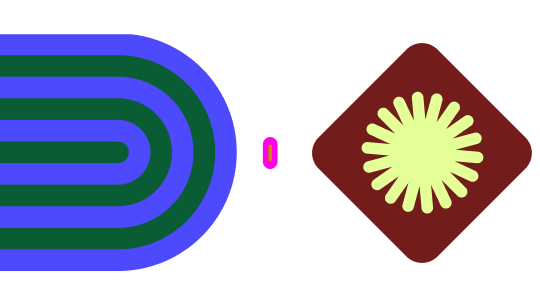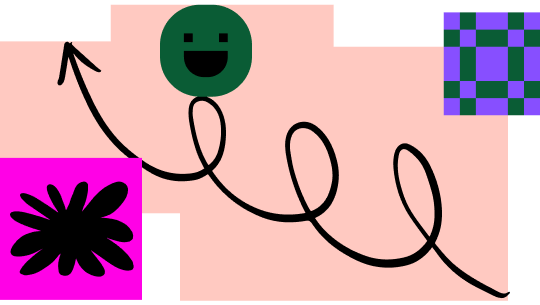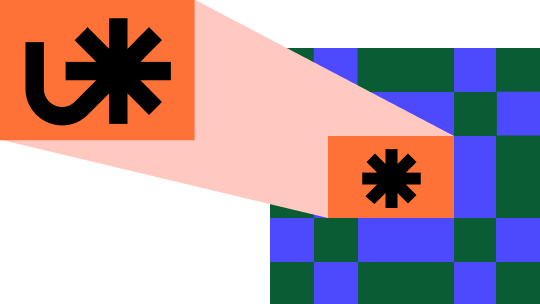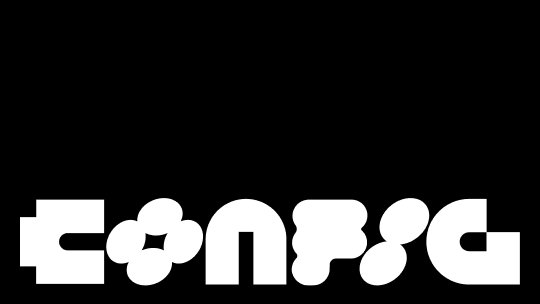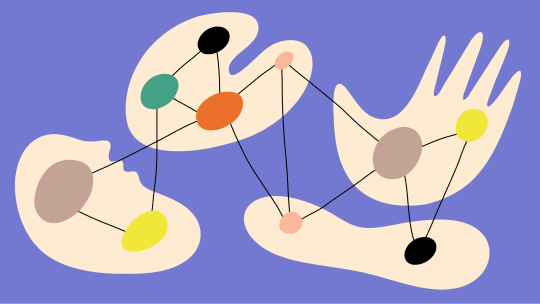How to mind map
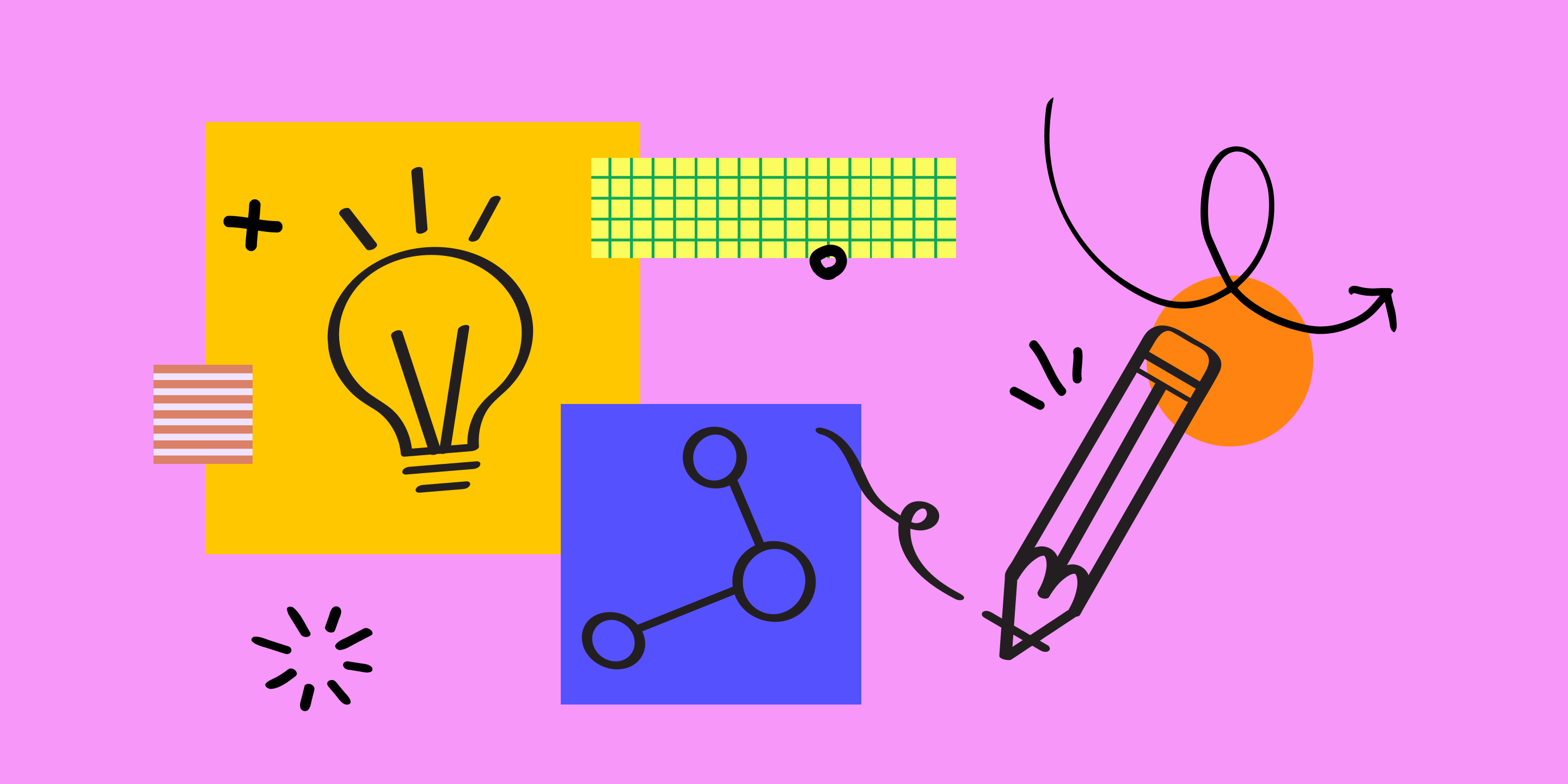
We've all experienced that moment when scattered thoughts suddenly click together. A mind map turns those a-ha moments into a method, helping you visualize connections as you make them. Instead of keeping ideas trapped in your head (or buried in endless notes), you can watch your thinking unfold in front of you, branch by branch.
Read on to learn:
- What a mind map is
- Why you should use one
- Five steps to creating a mind map
- The benefits of mind mapping
- Pro tips for successful mind mapping
What is a mind map?
A mind map is a diagram that starts with a central concept or question in the middle and then branches out to subtopics and related ideas. Often used as a brainstorming technique, mind maps help organize and visualize thoughts and ideas to help understand problems and develop creative solutions.
Mind maps also use visual design elements like shapes, colors, labels, images, and even emojis to group and highlight concepts, making them easier to understand and remember. These visual touches make the diagram more engaging—and serve as a powerful mnemonic device, creating visual triggers that boost recall and retention. recall.
Why use a mind map?
Mind maps help you break away from straightforward, linear thinking to come up with creative ideas. When you approach something with a lateral thinking mindset, you leave your assumptions behind, paving the way for creative breakthroughs.
Mind maps can also be used to plan, take notes, study, and retain information. They’re especially useful for visual learners. These diagrams transform messy mounds of information into organized hierarchies that show the relationships between different ideas.
Creating a mind map is a useful tool for professional and personal projects, including:
- Brainstorming. Capture, categorize, and connect concepts alone or with your team.
- Planning. Plan your team’s next sprint, collect ideas for a product design roadmap, or plot your next blog post.
- Learning and memorizing. Take notes, capture ideas from an important book, study for a test, outline an article, and better understand complex concepts.
- Career development. Start with a central theme like “my next job” and ask yourself exploratory questions. What are your strengths? What kind of environment helps you thrive? How would you like to make a difference in the world?
Five steps to creating a mind map
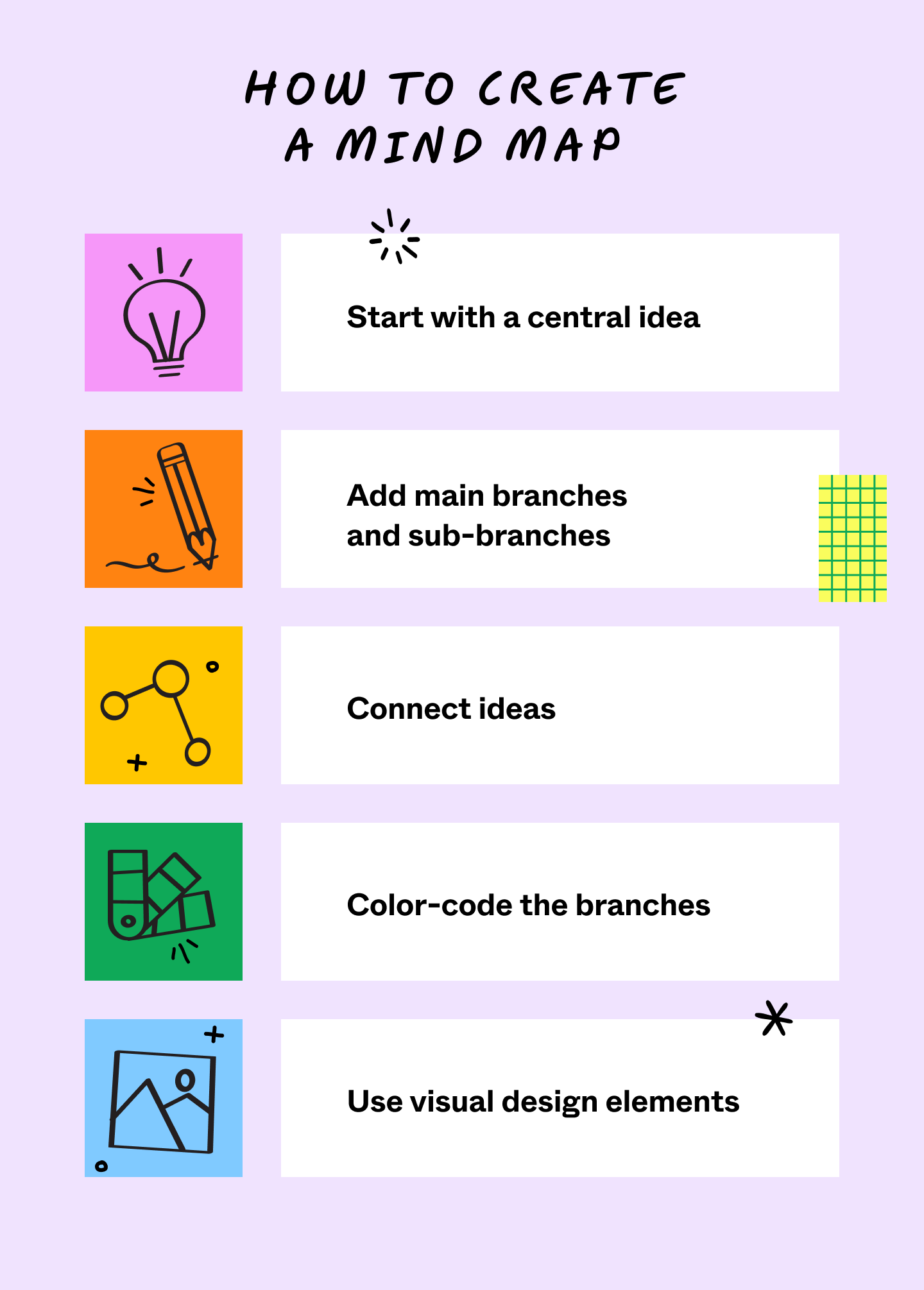
Mind mapping is simple with FigJam’s mind map template or online diagram maker. Just follow these five steps to create a mind map that works for you.
Step 1: Start with a central idea
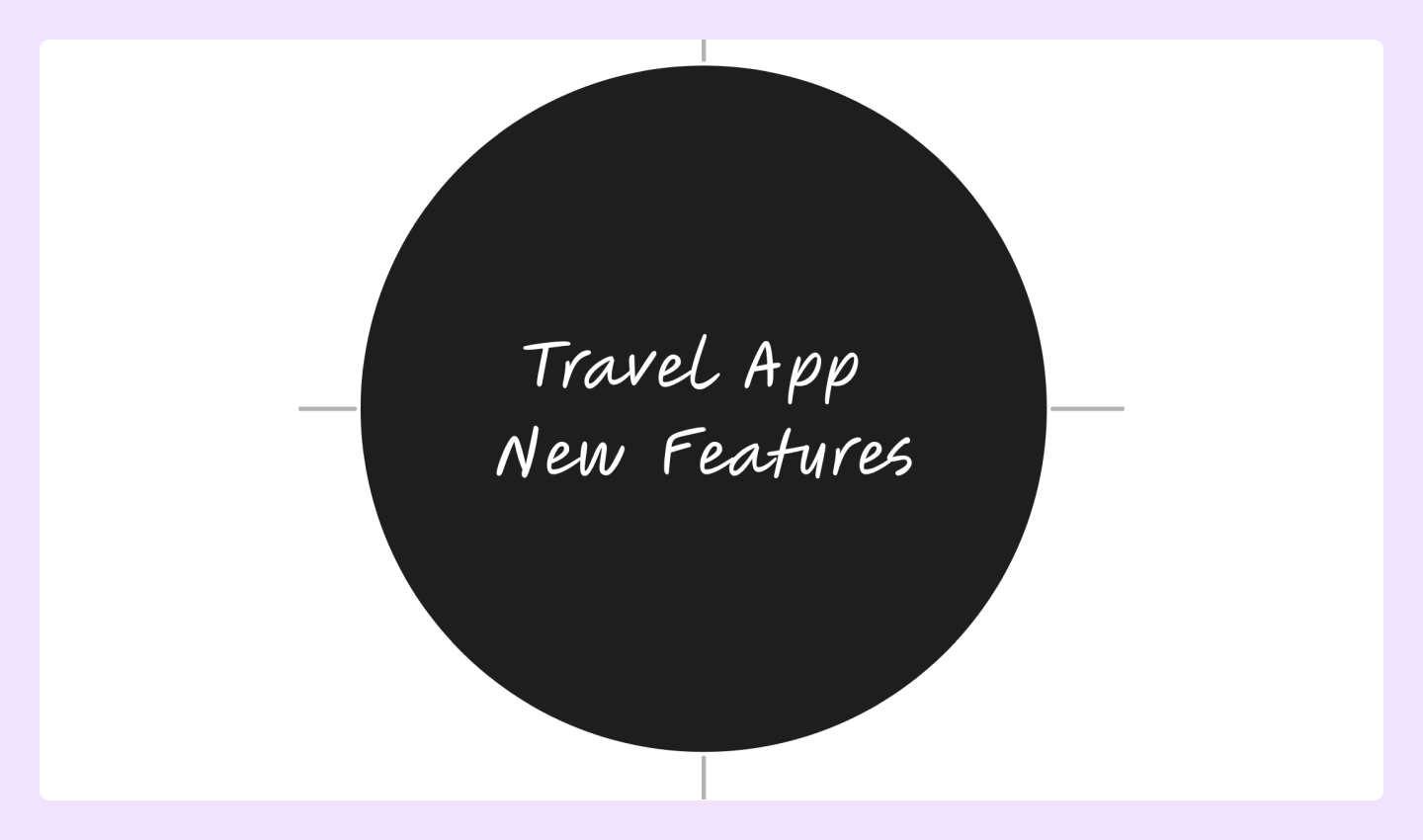
Your central idea serves as the core focus of your mind map. This could be a main theme, problem, goal, or even a question to lead to creative thinking and exploratory ideas. Let’s say you have a travel app and are brainstorming creative new features. Your main idea could be as simple as “Travel App New Features.”
Pro tip: Kickstart your creative thinking with FigJam’s AI feature. In the top toolbar, click Generate, then choose “mind map” and add a prompt to generate a customized mind map in seconds. This gives you and your team a great starting point to nail down more specific details and ideas.
Step 2: Add main branches and sub-branches
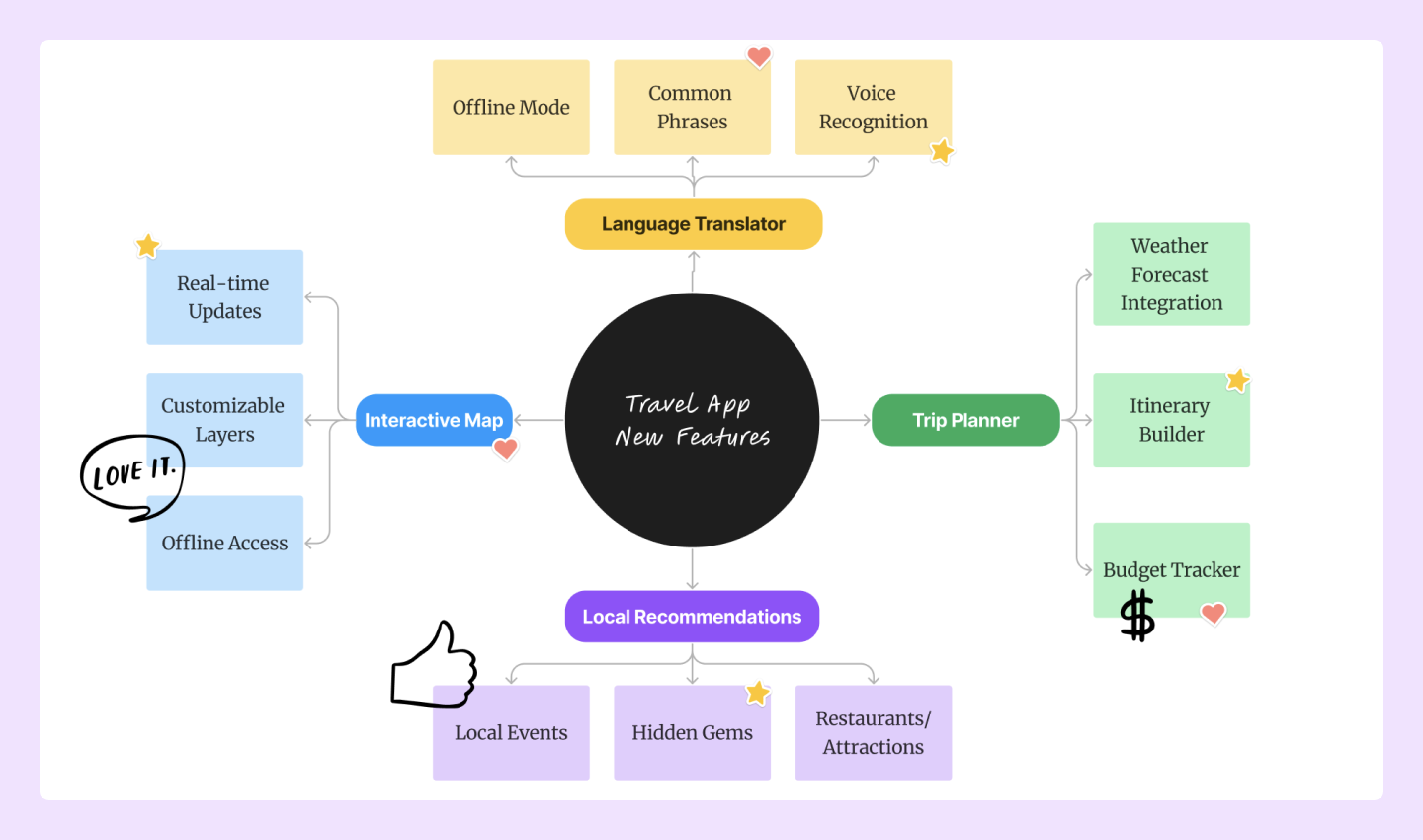
Branches lead to more specific topics and help create order for your ideas. These branches are the core topics that relate to your central idea. You can explore each topic in greater detail by adding sub-branches to represent more specific ideas or details within that category.
For the travel app example, each major feature, like an interactive map or trip planner, could be its own branch. Then, you might create sub-branches to hone in on the specific functionalities for each feature, like a budget tracker or itinerary builder under the trip planner branch.
Always label each idea with a keyword, keeping it as focused and brief as possible. These labels also help with recall, allowing you to generate associations and retain more information during your brainstorming session.
Pro tip: Use a bubble map template for simple diagrams that may not need sub-branches. For mind maps that require more intricate details and connections, try a flow chart template.
Step 3: Connect ideas
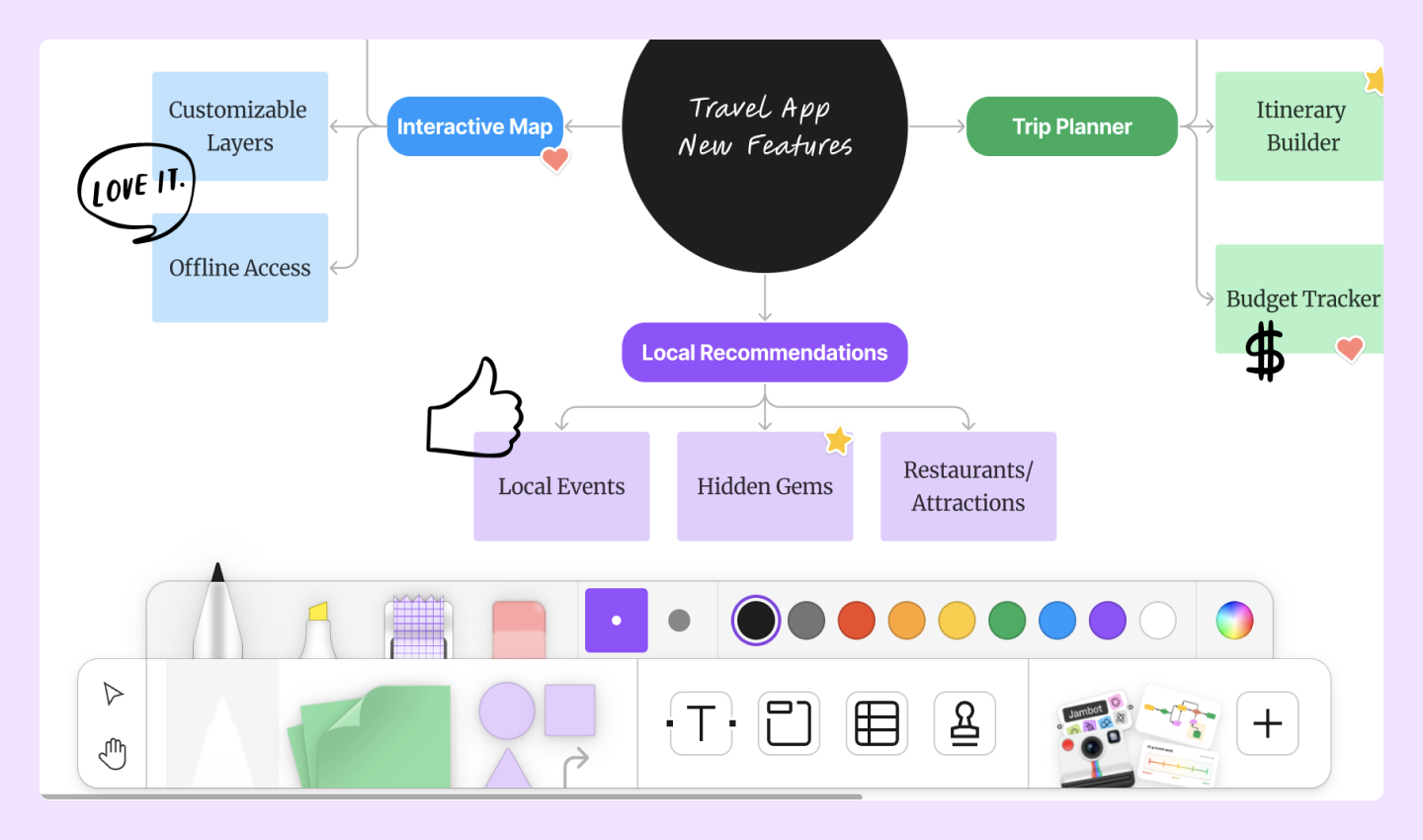
A crucial part of mind mapping is using lines and arrows to connect related ideas. This helps you visualize the relationships and connections between branches, making your map easier to understand.
Pro tip: Use FigJam’s quick create feature when building your mind map from scratch to quickly create and expand your ideas with automatic connectors between topics and subtopics.
Step 4: Color-code the branches

Assigning a color to branches or categories helps organize your mind map visually and makes it easier to identify relationships between branches. Colors also make a diagram more visually appealing and help your brain create mental shortcuts that aid memory.
Pro tip: Help visually distinguish main branches and sub-branches by choosing from FigJam’s core colors on the whiteboard toolbar. For more color options, explore Figma’s color library, then copy and paste the color codes directly into FigJam to create your ideal mind map color palette.
Step 5: Use visual design elements
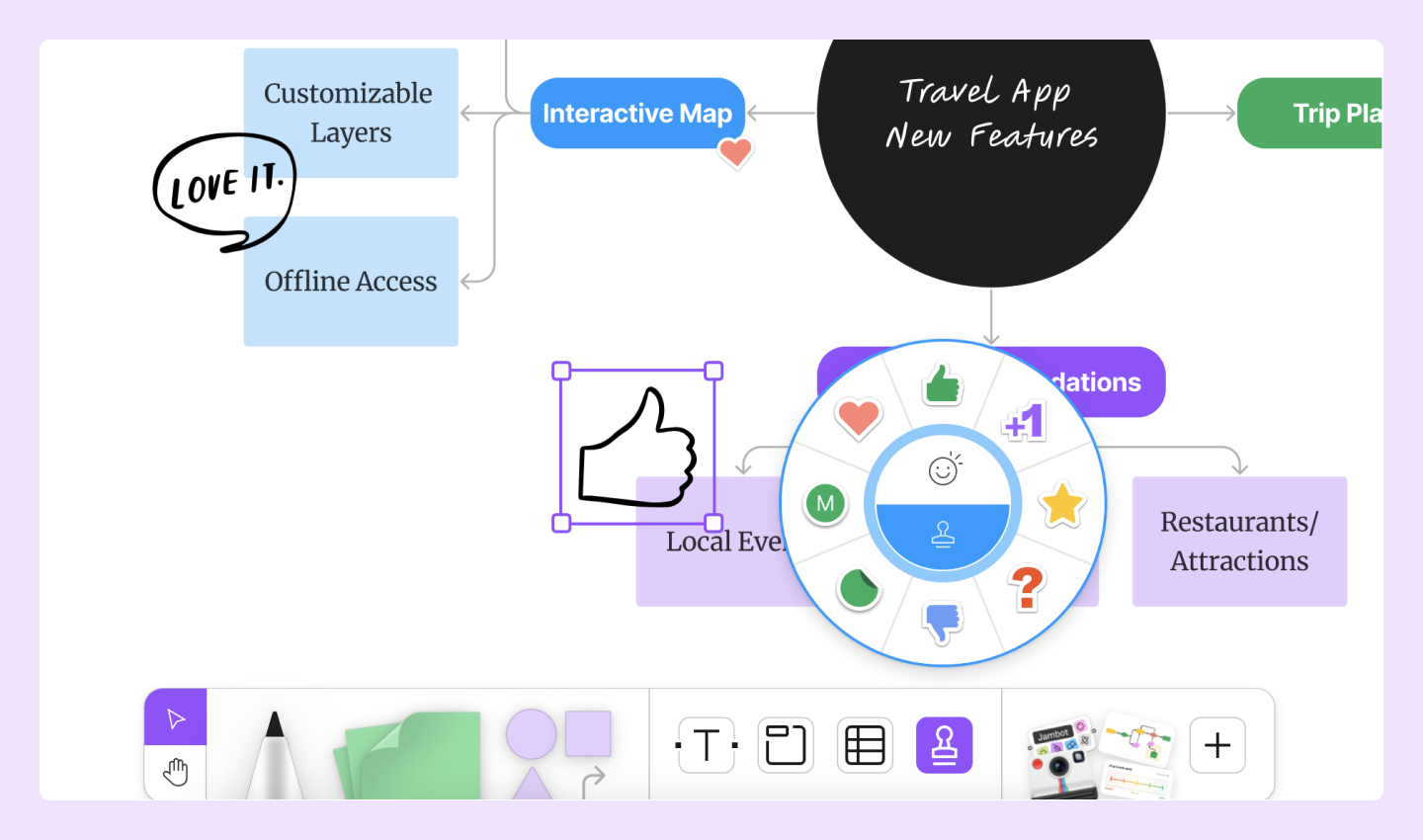
Visual design elements like images, shapes, and emojis enhance mind map concepts and facilitate understanding and retention. They can also help overcome language barriers, making them ideal for collaborating with teammates in other regions.
Pro tip: Use stamps or stickers to leave visual feedback on ideas, or add stickies directly on your whiteboard to jot down notes as you brainstorm ideas.
Benefits of mind mapping
Mind mapping is a proven technique that can revolutionize how you work and think. Here's what makes mind maps so effective:
- Sparks creativity. By challenging the brain to think outside the box, a mind map uncovers new ideas and connections, allowing you to flex your creative muscles.
- Enhances learning. Making the diagram and seeing everything come together can help you engage with complex ideas and absorb large amounts of information quickly.
- Boosts memory and recall. Mnemonic components and a fun interface make the ideas on your mind map easier to remember. One study showed that using a mind map as a study technique led to 10% greater recall one week later.
- Improves problem-solving. Mind maps can help break down complex problems by identifying causes, effects, and potential solutions. Seeing a problem from different angles and gathering insights from other team members makes it easier to make informed decisions.
Four pro tips for successful mind mapping
Make your next mind-mapping session more effective with these pro tips:
- Prioritize clarity over style. Being creative is important, but prioritize getting down all of the ideas first. Save the visual polish—fonts, colors, and imagery—for after all the ideas have been captured.
- Go digital. Ideally, your mind map will take up the equivalent of a sheet of paper—but if you need more space, try a digital whiteboard. On FigJam, you can zoom, zero in, and rearrange ideas without running out of space.
- Map faster with AI. FigJam’s Jambot widget powered by ChatGPT can generate mind maps instantly, offering fresh perspectives and thought-provoking questions. Use it to organize your sticky notes and create summaries of your ideas.
- Tap into collective thinking. Group mind mapping reveals connections you might miss solo. FigJam's real-time collaboration tools—comments, chat, and audio calls—make it easy to capture diverse perspectives, no matter where your team is located.
Start mind mapping with FigJam
Whether you’re brainstorming new product features or setting personal goals, mind mapping is the perfect solution to organize your thoughts and ideas. Ready to create a mind map of your own? Figma can help. Here’s how:
- Explore Figma’s mind map library to find a template that meets your project needs.
- Leverage FigJam’s collaborative features like timers, stamps, and audio to get real-time input from your team. Their fresh perspectives can help your mind map evolve and grow.
Present your ideas to team members and stakeholders with Figma Slides. Easily drag and drop initial mind map concepts or fleshed-out ideas to show interactive designs.
Keep reading
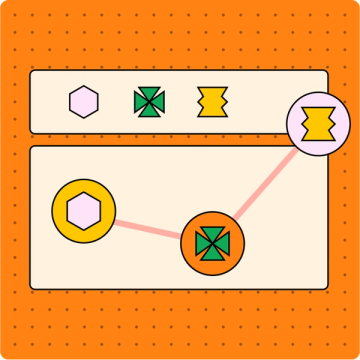
How to make a customer journey map
Learn how customer journey maps can help you sharpen design and marketing efforts, turning casual visitors into passionate brand advocates.
Learn more
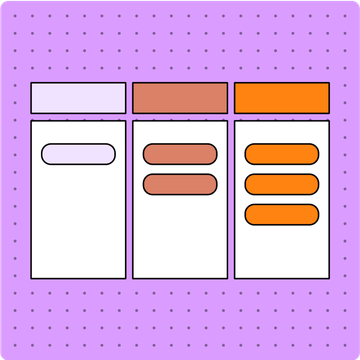
How to create a product development roadmap
Get your next product effort off to a running start with a product development plan that clearly maps out your goals, priorities, and timelines.
Learn more
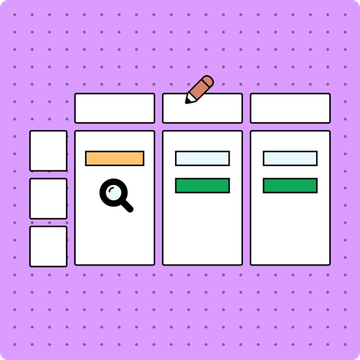
Alignment charts explained
Ready to sort in a more engaging way? Our alignment charts explained guide will walk you through how to create an alignment chart of your own.
Learn more
